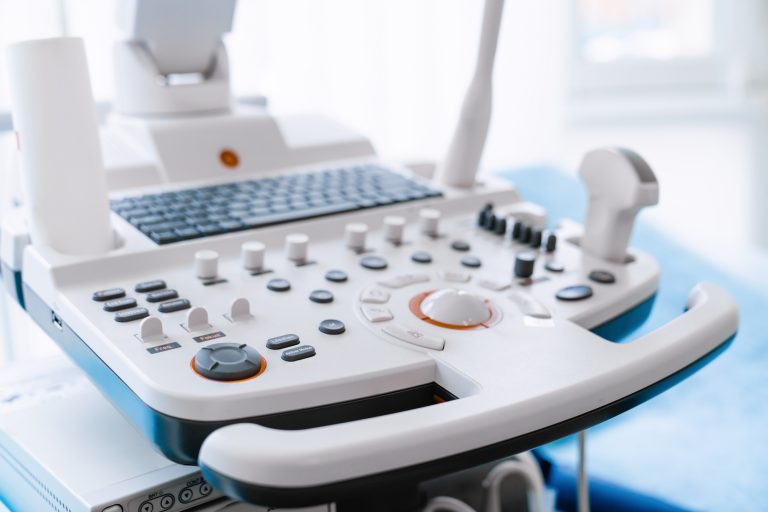MRI scans provide highly detailed images of internal organs and tissues, but in some cases, contrast dye is needed to highlight specific structures. Contrast-enhanced MRI scans improve visibility of blood vessels, tumors, inflammation, and infections, allowing for more accurate diagnosis. The most commonly used MRI contrast agent is gadolinium, a substance that interacts with the body’s tissues to improve imaging results.
Gadolinium-based contrast agents (GBCAs) are injected into a vein, usually in the arm, before or during the MRI scan. Once in the bloodstream, the contrast dye temporarily alters the magnetic properties of tissues, making abnormalities more distinguishable. This is especially useful in detecting brain tumors, multiple sclerosis lesions, liver disease, and blood vessel abnormalities. For many patients, contrast-enhanced MRIs provide clearer answers than standard scans.
One of the main concerns patients have about MRI contrast is safety. Gadolinium is generally well tolerated, and severe reactions are rare. The most common side effects include mild headaches, nausea, or a cool sensation at the injection site. However, patients with kidney disease should inform their doctor, as their kidneys may have difficulty filtering out the contrast agent. In such cases, doctors may recommend alternative imaging techniques or lower doses of contrast.
Despite concerns about contrast retention in the body, research suggests that gadolinium is safe for most individuals. However, newer formulations have been designed to reduce long-term retention, making them even safer. Patients who have undergone multiple contrast-enhanced MRIs can discuss concerns with their doctor, but for most people, the benefits of contrast far outweigh any potential risks.
Before the scan, patients should stay hydrated and avoid food if instructed by their doctor. After the MRI, drinking plenty of fluids can help flush out the contrast dye more quickly. By understanding the role of contrast and what to expect, patients can feel more confident and prepared for their MRI experience.






